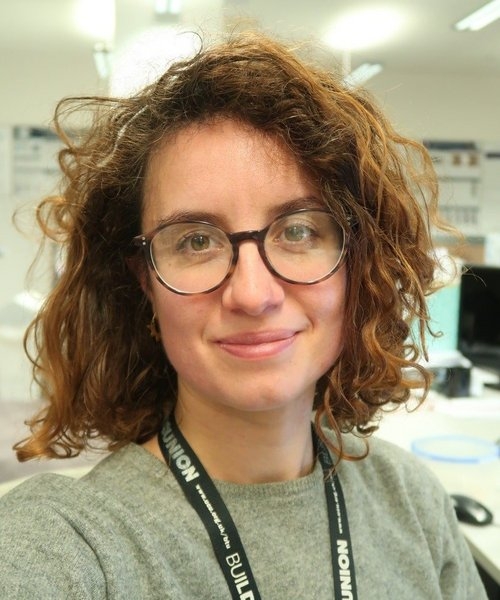Inge Lehmann-grants for three young researchers at Natural Sciences
Independent Research Fund Denmark has granted a total of approx. DKK 8.6 million to three researchers from the Department of Biology, the Department of Chemistry, and the Department of Physics and Astronomy. The grants are part of the Inge Lehmann programme, the purpose of which is to promote gender equality in Danish research.



The three young researchers are Eva Egelyng Sigsgaard, Anna Duncan and Rosana Martinez Turtos, and they will spend their grants from Independent Research Fund Denmark on research into DNA from environmental samples, energy production in cells and new technology for PET scanners.
The funding comes from the Inge Lehmann research talent programme, which awards grants to promising young researchers. The aim of the programme is to strengthen talent development in Danish research and to promote a more equal gender balance in research in Denmark, with focus on the career stages when inequality sets in.
> Assistant Professor Eva Egelyng Sigsgaard from the Department of Biology has received DKK 2,879,406 for her research project "DarkDNA - unidentified eDNA sequences as ecological indicators". The ongoing biodiversity crisis has generated is a need to be able to monitor the state of nature effectively and accurately. DNA from environmental samples can help, but many species have not yet been described or DNA-sequenced. Unspecified DNA sequences are referred to as "dark species", and knowledge about their biology is currently very limited. Eva Egelyng Sigsgaard will systematically number the many dark species in environmental DNA (eDNA).
> At the Department of Chemistry, Assistant Professor Anna Duncan has received DKK 2,879,467 for her research project "How does such a small lipid make such a big difference? The impact of cardiolipin interactions on mitochondrial function, via multiscale modelling”. In the project, she will examine the correlation between mitochondria, which produce energy in our cells, and the little fat molecule called cardiolipin. She will develop new, powerful simulation methods to understand changes in the structure of cardiolipin. One of the challenges today is that it is difficult to study and observe small details in living cells under experimental conditions. Simulations make it possible to see movements at nanoscale.
> Assistant Professor Rosana Martinez Turtos from the Department of Physics and Astronomy has received DKK 2,879,888 for her project "Finding the interaction point of single gamma photons: enabling next-generation PET scanners (Points-gamma)". She is aiming to improve the detector technology used in PET scanners, for example. She wants to make PET scanners able to produce sharper medical images, so that doctors can detect smaller tumours and thus make earlier cancer diagnoses. The technology is called scintillation detection and is based on crystals that emit light flashes when they are struck by the gamma photons that arise from the decaying radioactive tracers injected into the patient. Based on the light flashes, it is possible to calculate the position of the trace material almost precisely. Rosana Martinez Turtos' project will measure the position of the photons more accurately, and thereby generate more detailed images.
A total of 28 female researchers have received support for their research projects; eight of them from Aarhus University.
This article is based on a press release from Independent Research Fund Denmark
Read more about all the projects on the foundation's website (in Danish) here.
